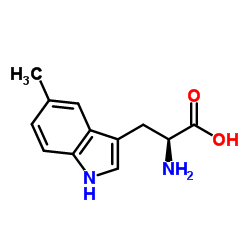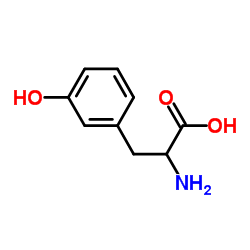| Structure | Name/CAS No. | Articles |
|---|---|---|
 |
5-Methyltryptophan
CAS:951-55-3 |
|
 |
DL-m-Tyrosine
CAS:775-06-4 |